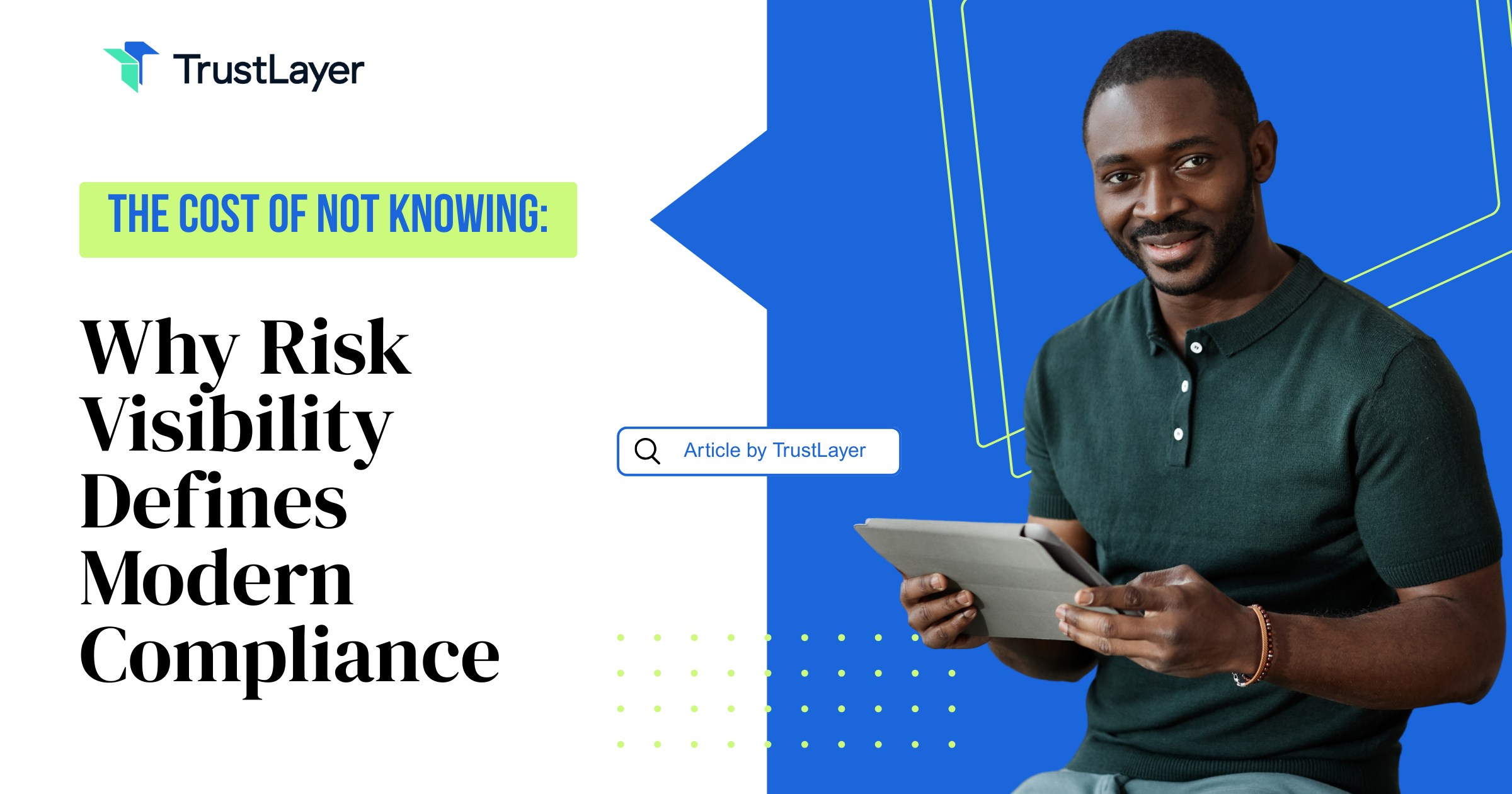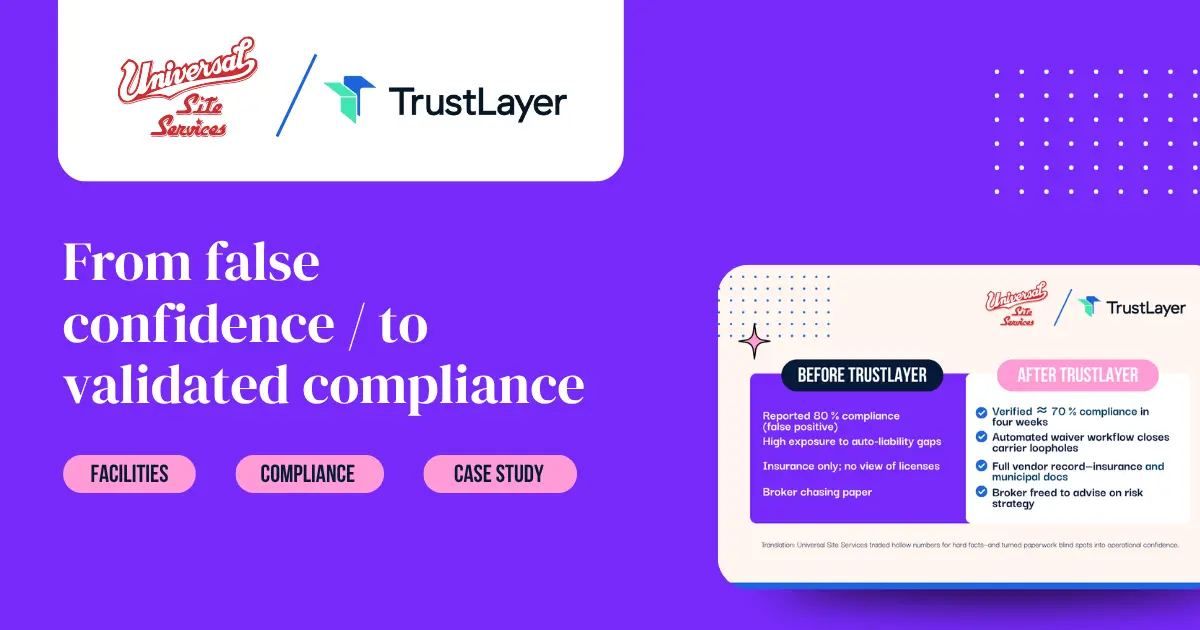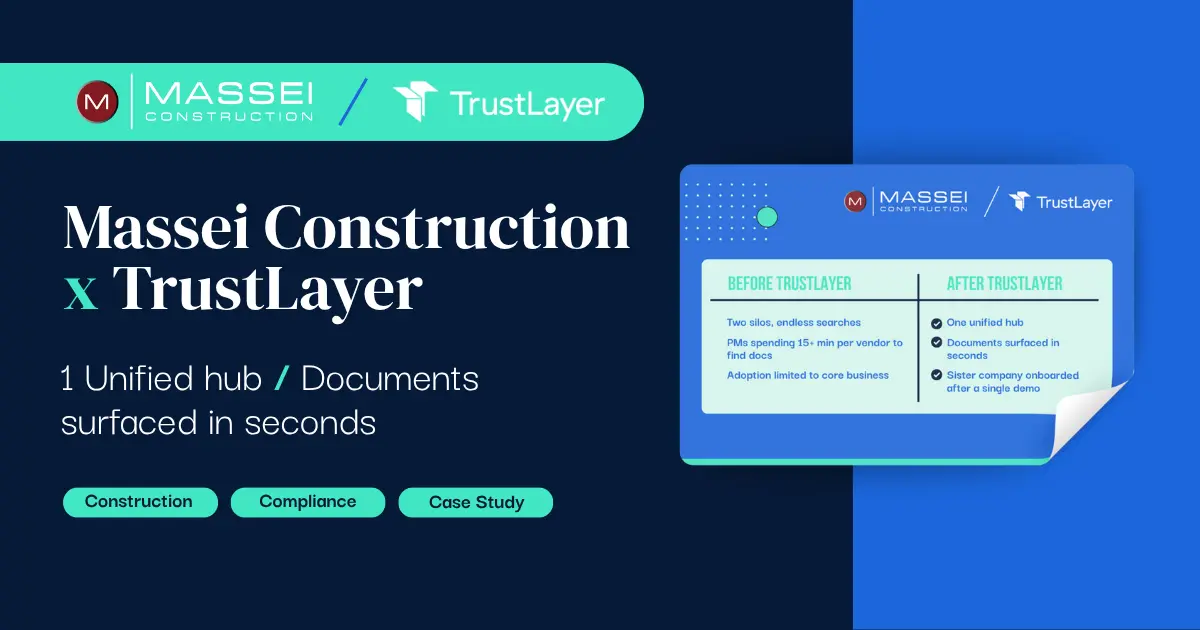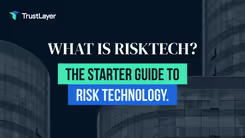The Role of COI Automation in Streamlining Property Management Operations
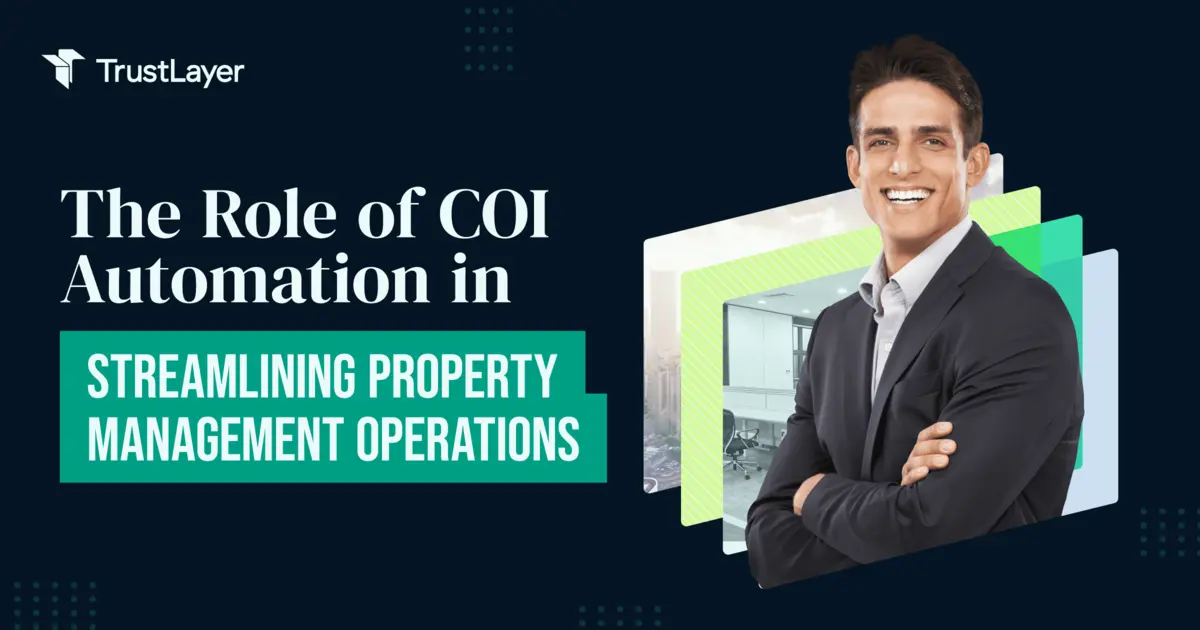
The Complexities of Property Management Compliance
In property management, maintaining adherence to regulatory requirements and ensuring that vendors and tenants comply with necessary insurance obligations can often feel daunting. Property managers face intricate challenges related to Certificates of Insurance (COIs) that can consume valuable time and resources. These documents are not merely bureaucratic formalities but crucial for risk management, ensuring that all parties are protected in case of unforeseen events. The implications of failing to secure proper insurance can be severe, leading to financial loss, legal disputes, and damage to reputation, making it imperative for property managers to stay vigilant and proactive.
Statistics reveal that nearly 30% of property managers cite compliance handling as a significant burden on their operations, highlighting the urgent need for efficient solutions. As the rental landscape evolves, the complexities of managing properties increase, prompting a call for innovative approaches to streamline the process. Automation is emerging as a powerful ally in this fight against inefficiency, particularly when handling COIs. By leveraging technology, property managers can automate the tracking and verification of insurance documents, significantly reducing the manual workload and minimizing the risk of human error. This enhances compliance and allows property managers to focus on more strategic aspects of their roles, such as tenant relations and property enhancement initiatives.
Moreover, integrating digital platforms that facilitate real-time communication between property managers, tenants, and vendors can further enhance compliance efforts. These platforms enable stakeholders to seamlessly upload and update their COIs, ensuring that all documentation is current and accessible. The transparency afforded by such systems fosters a culture of accountability, where all parties are aware of their responsibilities and the potential ramifications of non-compliance. As property management continues to adapt to the demands of a rapidly changing environment, embracing these technological advancements will be essential for maintaining compliance and safeguarding the interests of all involved.
COI Tracking: A Common Pain Point for Property Managers
Property managers often find themselves in a constant state of juggling multiple responsibilities. With numerous vendors handling maintenance, landscaping, and security, tracking the COIs for each party becomes a logistical nightmare. Many property managers report spending up to 6 hours a week simply collecting and verifying these documents. This time could be more effectively spent enhancing tenant satisfaction and improving property operations. The sheer volume of paperwork and the need for meticulous record-keeping can lead to burnout, especially when managers are already stretched thin with day-to-day operations.
The repercussions of failing to maintain up-to-date COIs can be severe. From financial liabilities to legal consequences, non-compliance risks can threaten the stability of property management operations. As many as 20% of COIs contain missing information or discrepancies, which can lead to increased vulnerability during inspections or claims. This represents a critical aspect of property management that requires urgent attention. Moreover, the stress of potential audits or claims can create a ripple effect, impacting not only the property manager's peace of mind but also the overall reputation of the property management firm. A single oversight can result in costly fines or a tarnished relationship with tenants and vendors.
In addition to the immediate challenges, the evolving regulatory landscape adds another layer of complexity to COI tracking. With new laws and insurance requirements emerging regularly, property managers must stay informed to ensure compliance. This often necessitates additional training and resources, further stretching already limited budgets. Implementing technology solutions, such as automated tracking systems, can alleviate some of these burdens by streamlining the process and reducing the time spent on manual verification. By investing in such tools, property managers can enhance their operational efficiency and foster stronger relationships with vendors, ensuring that all parties are on the same page regarding compliance and risk management.
How Automation Simplifies Vendor and Tenant Compliance
Many property managers are turning to automation solutions to alleviate the burdens associated with COI management. Property managers can seamlessly collect, validate, and store certificates by implementing an automated COI tracking system, ensuring compliance without the usual hassle. Automation simplifies the process considerably by standardizing the collection and review of documents. This standardization enhances efficiency and minimizes the risk of human error, which can lead to costly compliance issues and potential legal ramifications.
This transformation has far-reaching implications. Instead of spending time in the manual, repetitive tasks of chasing down documents, property managers can leverage automation to set reminders for COI renewals, thus preventing lapses in compliance. Furthermore, such systems can communicate directly with vendors and tenants, enabling prompt updates and reducing strain on management staff. The ability to automate notifications and reminders fosters a proactive approach to compliance, allowing property managers to focus on strategic initiatives rather than getting bogged down in administrative tasks.
Moreover, integrating automated systems often provides valuable analytics and reporting features. Property managers can gain insights into compliance trends, identify potential risks, and make informed decisions based on real-time data. This analytical capability enhances operational efficiency and strengthens relationships with vendors and tenants by ensuring that all parties are consistently informed and engaged. As a result, automation streamlines compliance processes and contributes to a more transparent and collaborative environment, ultimately leading to improved satisfaction for all stakeholders involved.
Benefits of Automated Compliance: Time, Cost, and Risk Reduction
The adoption of COI automation presents many benefits that reverberate throughout the organization. One of the most immediate advantages is reduced time spent on administrative tasks. By automating routine compliance checks, property managers can reclaim hours in their workweek, thus focusing on strategic tasks vital for property improvement and tenant engagement. This newfound time can be used to enhance tenant experiences, implement new property initiatives, or conduct market research to stay ahead of industry trends.
Moreover, the financial implications of efficiency cannot be overlooked. Organizations implementing automation have reported up to 20% in cost savings compliance-related expenses. This reduction stems from minimizing the risks associated with incorrect or overlooked documentation. Automation also fosters a culture of transparency and accountability among vendors and tenants alike. With automated systems, property managers can easily track compliance statuses, ensuring that all parties are informed and reducing the likelihood of disputes or misunderstandings.
- Time Savings: Automation can reduce administrative workloads by as much as 50%.
- Cost Effectiveness: Organizations can save up to 20% in compliance costs.
- Risk Reduction: Automated systems can mitigate non-compliance risks, significantly lowering potential liabilities.
In addition to these benefits, automated compliance systems enhance data accuracy and integrity. Manual processes are often prone to human error, leading to costly mistakes and compliance violations. By leveraging technology, organizations can ensure that data is consistently updated and accurate, fostering a more reliable compliance framework. Furthermore, these systems often have advanced analytics capabilities, allowing organizations to generate insights from compliance data to inform decision-making and strategy development.
Another noteworthy advantage is that automation's scalability as organizations grow or face regulation changes allows automated compliance systems to quickly adapt to new requirements without requiring extensive retraining or resource allocation. This flexibility saves time and money and positions organizations to respond proactively to evolving market conditions and regulatory landscapes. By embracing automation, property managers can ensure they remain compliant while positioning themselves as industry leaders.
Scaling Operations with Compliance Automation
Compliance automation is not just an option for property management companies looking to scale their operations—it's a necessity. As businesses expand, the complexity and volume of COI management can increase exponentially. Manual processes simply cannot keep up with the demands of a growing portfolio.
Property managers can ensure efficient and scalable operations by leveraging COI automation. This technology allows for standardizing compliance processes across multiple properties and locations. Real-time data analytics and reporting can illuminate trends and compliance gaps, enabling proactive decision-making and strategic planning.
Moreover, a trusted solution like TrustLayer can provide a competitive edge in the property management sector. It allows businesses to integrate their compliance workflows seamlessly, ensuring that no detail goes unnoticed. The peace of mind that comes with automated compliance can empower property managers to focus on maintaining the status quo, driving innovation, and improving tenant experiences.
Compliance automation can enhance operational efficiency and significantly reduce the risk of costly errors and legal liabilities. By automating the certificates of Insurance (COIs), verification property managers can ensure that all vendors and contractors meet the necessary insurance requirements before they begin work. This proactive approach protects the property management company from potential lawsuits and fosters a culture of accountability among contractors, ultimately leading to safer and more reliable property management practices.
Furthermore, integrating compliance automation tools can facilitate better team communication and collaboration. With centralized access to compliance documents and real-time updates, property managers, leasing agents, and maintenance staff can work together more effectively. This collaborative environment can lead to faster response times for tenant requests and issues, enhancing overall tenant satisfaction. As property management companies continue to navigate the complexities of compliance, embracing automation will become increasingly vital in maintaining a competitive edge in the market.
As you navigate the complexities of property management and strive to scale your operations efficiently, TrustLayer is your ally in transforming how you handle compliance. Embrace the future of risk management with our best-in-class COI tracker, designed for the modern risk manager who values innovation over legacy processes. Join the hundreds of thousands of companies that have already streamlined vendor document management with TrustLayer, reducing administrative burdens and fostering trust through technology. Don't let manual verification slow you down. Set up a time to talk with our team and discover how TrustLayer can revolutionize your compliance workflows, saving you time and money while enhancing tenant satisfaction.




